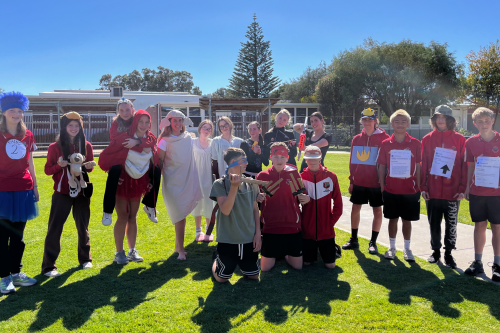We’re excited to share that our recent school excursion to Woody Lake was a wonderful success! This enriching outdoor experience offered students the chance to explore and learn about the local environment firsthand.
As part of a mandatory curriculum assessment, students investigated the geological history of the area by collecting and analysing soil samples from various locations around the lake. Through both fieldwork and laboratory analysis, they explored how different rocks and soils form and how environmental changes over time have shaped the landscape.
The excursion was not only educational but also engaging, as students worked collaboratively in groups to prepare for their upcoming live poster presentations. Each student will also submit an individual written report, showcasing their understanding of the processes behind soil formation and the geological events that influenced them.
We thank all staff and students for their participation and enthusiasm. It was a valuable learning experience that brought classroom concepts to life in a meaningful way.
Mrs van den Heever
Science Teacher
Our biology students recently participated in a hands-on ecological excursion to Lake Wheatfield and Woody Lake. The field trip focused on assessing the health of wetland systems through a variety of scientific methods. Students collected water samples to test for abiotic factors such as dissolved oxygen, nitrogen, and salinity, which are key indicators of water quality.
To evaluate biodiversity, our students conducted macroinvertebrate surveys, identifying and counting species including aquatic snails, beetles, and larvae. These creatures serve as important bioindicators of ecosystem health. Students also practised essential ecological field techniques, including transect walks and quadrat sampling, to study vegetation distribution and density.
As part of this comprehensive learning experience, students engaged in bird watching and identification activities, spotting a variety of native and migratory bird species. This component deepened their understanding of the interconnectedness of wetland habitats and bird life.
The excursion provided our students with a valuable opportunity to apply classroom knowledge in real-world field conditions while fostering a deeper appreciation for wetland conservation. Despite some muddy challenges while wearing waders and gumboots, the experience proved both memorable and educationally enriching for all participants.
Ms Defrenne
Science Teacher



